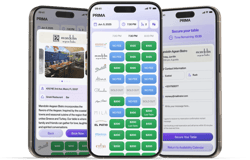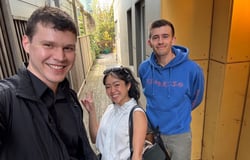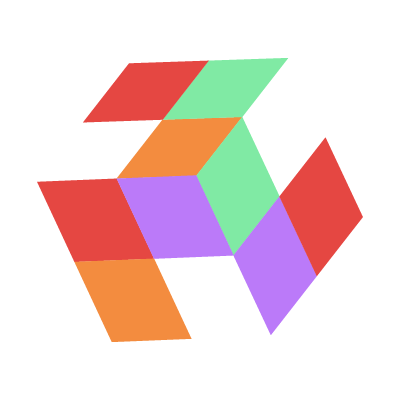Understands hardware-level programming interfaces and models, and designs low-level programming interfaces and models.
Designs and builds low-level programming interfaces with well-defined syntax and semantics.
Develops and implements multi-layered low-level runtimes running in RNGD, kernel level, and user level.
Integrates with open-source deep learning frameworks using low-level programming interfaces and runtimes.
Bachelor’s degree in Computer Science or equivalent work experience.
Strong communication skills for requirement gathering and clarification.
3+ years of experience with strong programming skills in Rust, Python, Golang, or C++.
3+ years of experience in functional programming.
Experience in designing programming interfaces and models.
Experience in designing and implementing low-latency asynchronous execution models.
Experience in kernel-level performance optimizations using cutting-edge technologies.
Experience with PyTorch, including its implementation and execution models across a variety of execution environments (e.g., single chip, multi-chip, multi-server, DP, PP, TP).
Top Skills

What We Do
FuriosaAI designs and develops data center accelerators for the most advanced AI models and applications.
Our mission is to make AI computing sustainable so everyone on Earth has access to powerful AI.
Our Background
Three misfit engineers with each from HW, SW and algorithm fields who had previously worked for AMD, Qualcomm and Samsung got together and founded FuriosaAI in 2017 to build the world’s best AI chips.
The company has raised more than $100 million, with investments from DSC Investment, Korea Development Bank, and Naver, the largest internet provider in Korea. We have partnered on our first two products with a wide range of industry leaders including TSMC, ASUS, SK Hynix, GUC, and Samsung. FuriosaAI now has over 140 employees across Seoul, Silicon Valley, and Europe.
Our Approach
We are building full stack solutions to offer the most optimal combination of programmability, efficiency, and ease of use. We achieve this through a “first principles” approach to engineering: We start with the core problem, which is how to accelerate.









